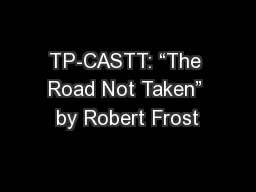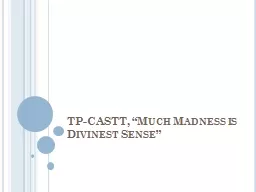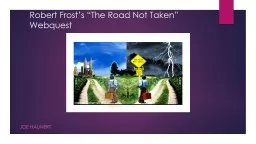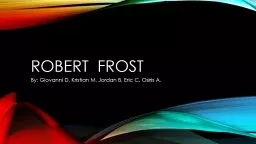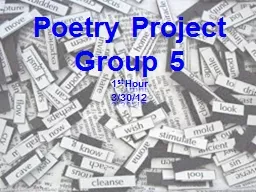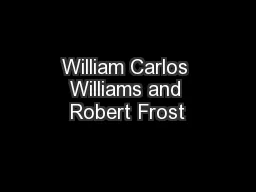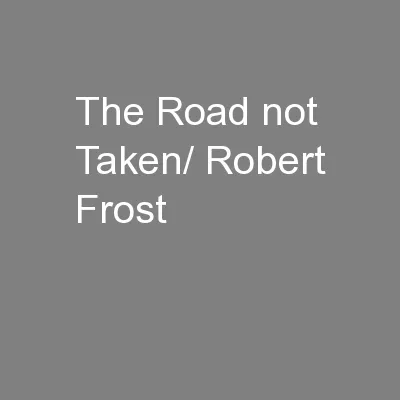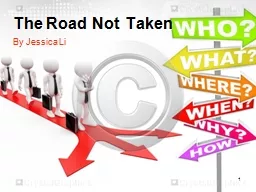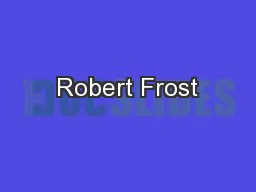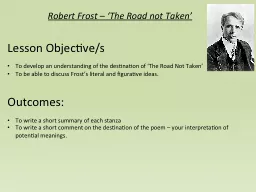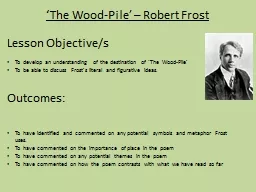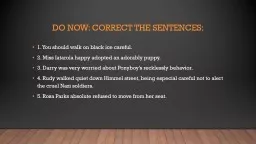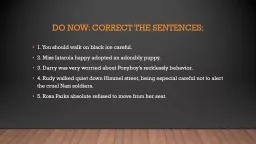PPT-TP-CASTT: “The Road Not Taken” by Robert Frost
Author : mitsue-stanley | Published Date : 2016-04-29
What is TPCASTT Add to p 72 Its a method for analyzing poetry T Title What do you think this poem will be about P Paraphrase Literal Meaning C Connotation Interpretation
Presentation Embed Code
Download Presentation
Download Presentation The PPT/PDF document "TP-CASTT: “The Road Not Taken” by Ro..." is the property of its rightful owner. Permission is granted to download and print the materials on this website for personal, non-commercial use only, and to display it on your personal computer provided you do not modify the materials and that you retain all copyright notices contained in the materials. By downloading content from our website, you accept the terms of this agreement.
TP-CASTT: “The Road Not Taken” by Robert Frost: Transcript
Download Rules Of Document
"TP-CASTT: “The Road Not Taken” by Robert Frost"The content belongs to its owner. You may download and print it for personal use, without modification, and keep all copyright notices. By downloading, you agree to these terms.
Related Documents

